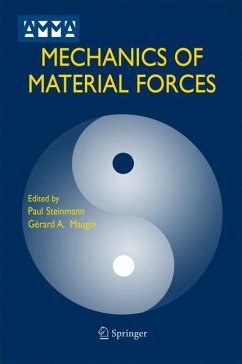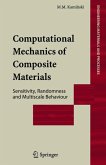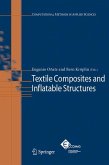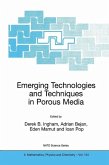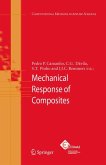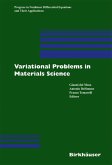In this single volume the reader will find all recent developments in one of the most promising and rapidly expanding branches of continuum mechanics, the mechanics of material forces. The book covers both theoretical and numerical developments. Conceptually speaking, common continuum mechanics in the sense of Newton-which gives rise to the notion of spatial (mechanical) forces-considers the response to variations of spatial placements of "physical particles" with respect to the ambient space, whereas continuum mechanics in the sense of Eshelby-which gives rise to the notion of material (configurational) forces-is concerned with the response to variations of material placements of "physical particles" with respect to the ambient material. Well-known examples of material forces are driving forces on defects like the Peach-Koehler forece, the J-Integral in fracture mechanics, and energy release. The consideration of material forces goes back to the works of Eshelby, who investigated forces on defects; therefore this area of continuum mechanics is sometimes denoted Eshelbian mechanics.
AudienceThis book is suitable for civil and mechanical engineers, physicists and applied mathematicians.
Dieser Download kann aus rechtlichen Gründen nur mit Rechnungsadresse in A, B, BG, CY, CZ, D, DK, EW, E, FIN, F, GR, HR, H, IRL, I, LT, L, LR, M, NL, PL, P, R, S, SLO, SK ausgeliefert werden.
Hinweis: Dieser Artikel kann nur an eine deutsche Lieferadresse ausgeliefert werden.

